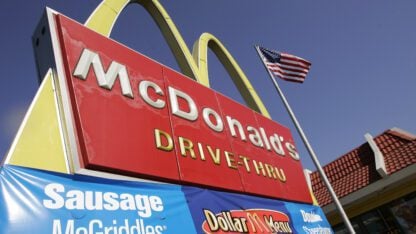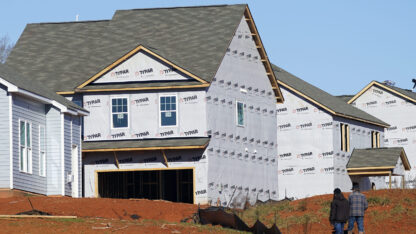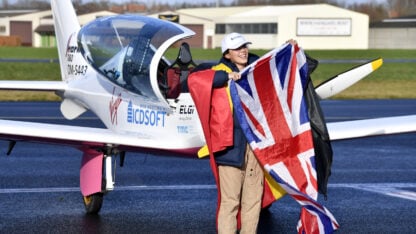As Pride Month Ended, LGBTQ Youth Reflected On What Pride Means Today

Pride Month is celebrates in June to commemorate the Stonewall riots that took place in 1969.
Marcio Jose Sanchez / Associated Press
The end of June marked the closing of a month-long celebration among LGBTQ people and their allies commonly referred to as “Pride Month.”
The catalyst for the celebration goes back to the early morning of June 28, 1969. It was on that date that a group of gay, lesbian, bisexual, and transgender people fought back when New York Police officers raided one of the few places they could be open–a Greenwich Village bar known as the Stonewall Inn.
It wasn’t the first event in what came to be known as the gay liberation movement, but it remains the most visible. And although the movement has been successful in moving the needle forward on equality for people of all sexual orientations and gender identities, the fight for equality is ongoing.
It’s a fight visible every day at Atlanta’s Lost-N-Found Youth Center.
“We get tons of donations a day,” says Earnest Walker as he points to cases of brown boxes stacked high. Walker is the Director of Programs at Lost-N-Found, a nonprofit youth services provider that is often the only place homeless teens who identify as LGBTQ can turn. “We’ve got these egg-flavored potato chips,” he says, hardly able to hold in a chuckle. “They’re actually pretty good! I was surprised,” he quickly follows up.
By noon on a recent Friday, a dozen or so young adults have signed in. Some are hungry, while the faint sound of a snore indicates others just need a place to rest their heads. The fact that there’s a sign up sheet for the facility’s two showers proves others just seek a bit of soap and hot water.
“We let them shower up to 3 o’ clock,” Walker says, adding that shower hours are between 8 a.m. and 3 p.m. “However, we have a lot of youth who are working now, and so we do allow for those who are coming from work to shower,” he adds.
All around Lost-N-Found’s center are tall flags draped from near the ceiling to half-way down the walls. They all reflect different identities’ pride–an indication that the concept extends beyond the flag most commonly associated with LGBTQ people–the rainbow. Whether a young person identifies as Lesbian Feminist, Gender Queer, or Pansexual, Walker says celebrating that experience is essential.
“As a gay black man, it’s one of those things that I had a struggles all my life,” he says. “And, if I didn’t have the self confidence that I have, I wouldn’t be where I am.” Walker feels it’s essential to pass along that sense of self-love. “That’s what I instil in them–that self confidence in pride and self is what’s really going to help you propel yourself to the next level,” he says.
While the visibility and focus of the LGBTQ movement have evolved over the course of five decades, the concept of Pride has remained the common thread. And as Pride month came to an end, WABE asked Kristopher Walker, Kelsi Barrs and Sam Harvey–each affiliated with Lost-N-Found, what “Pride” means to them.








